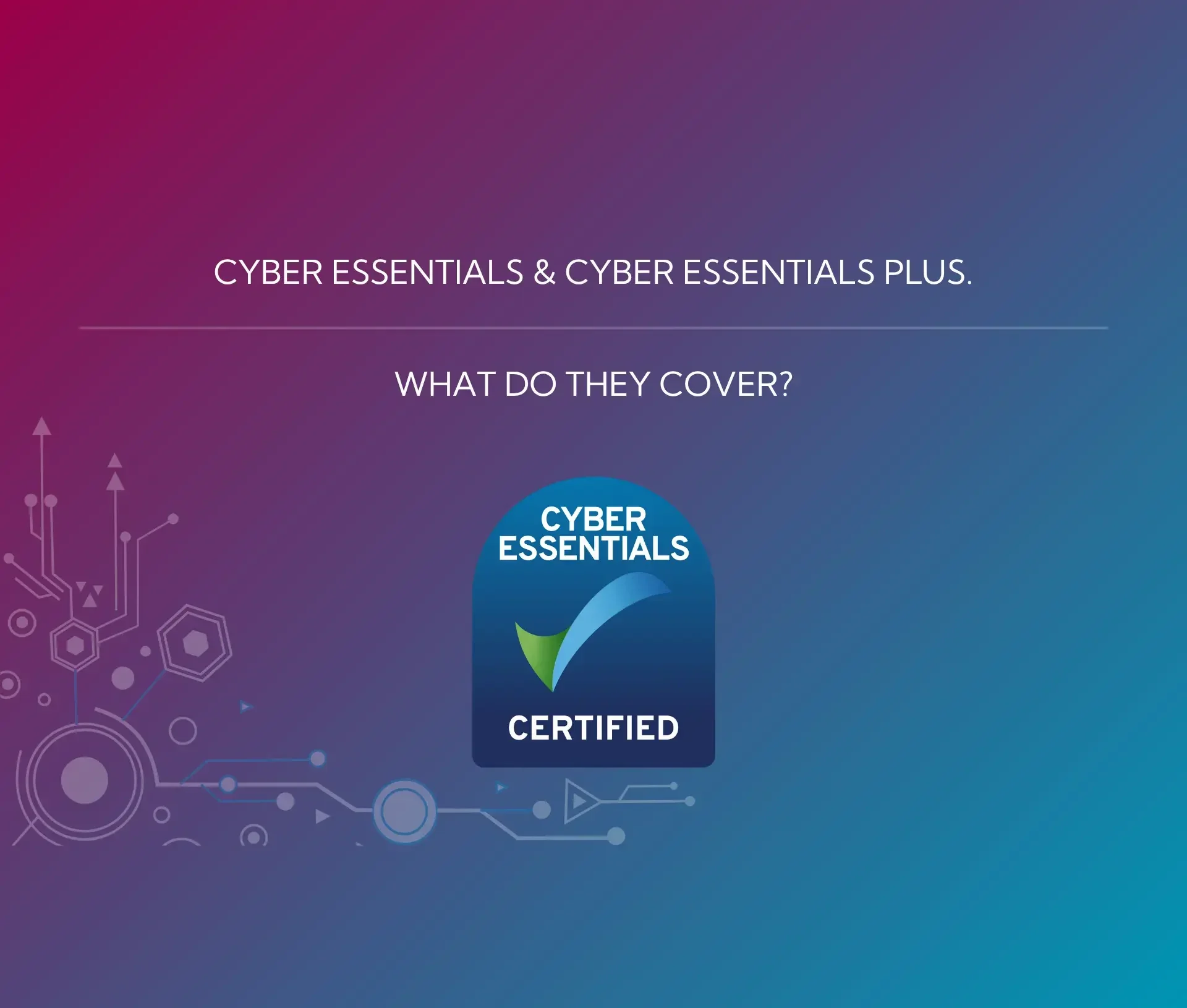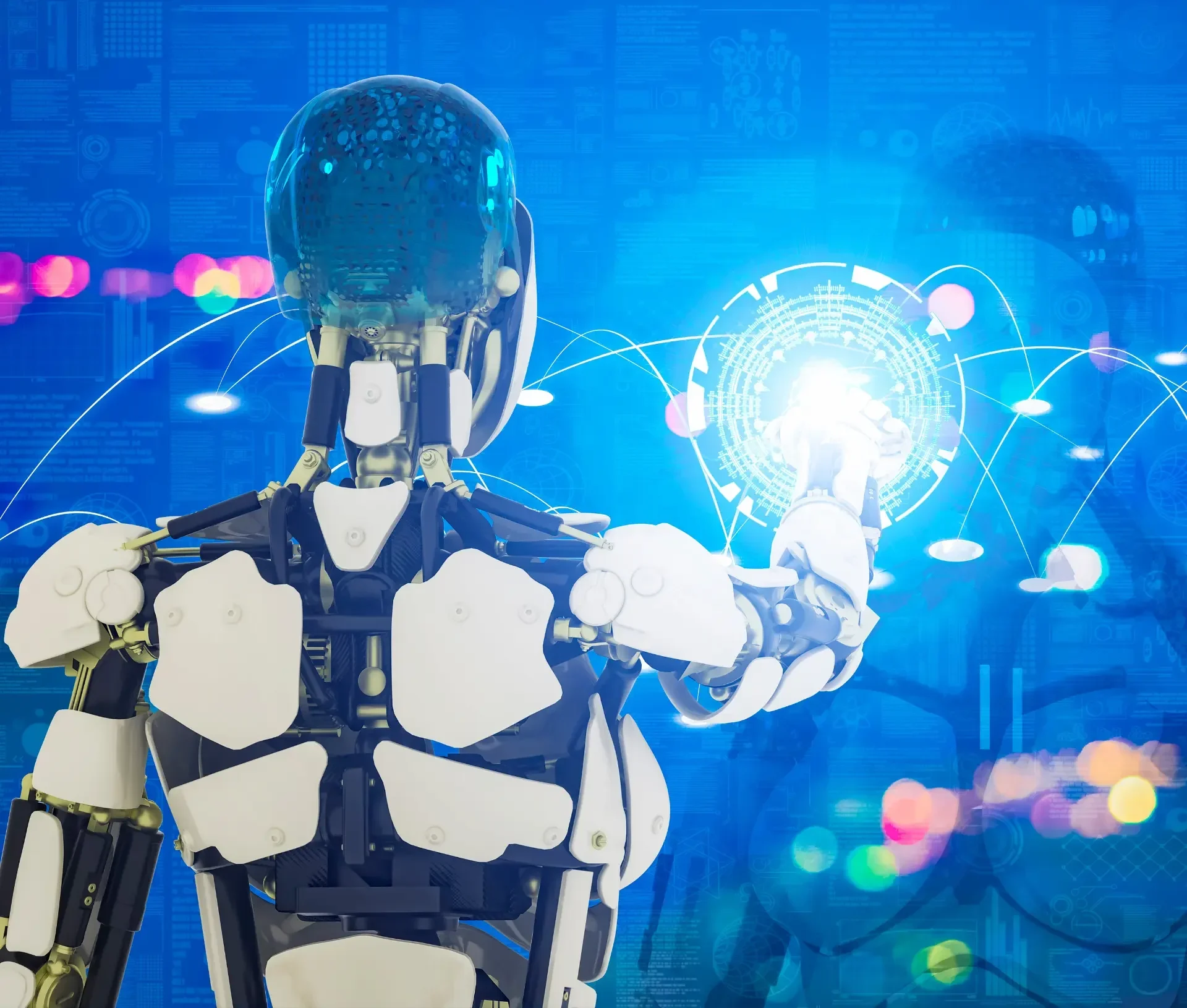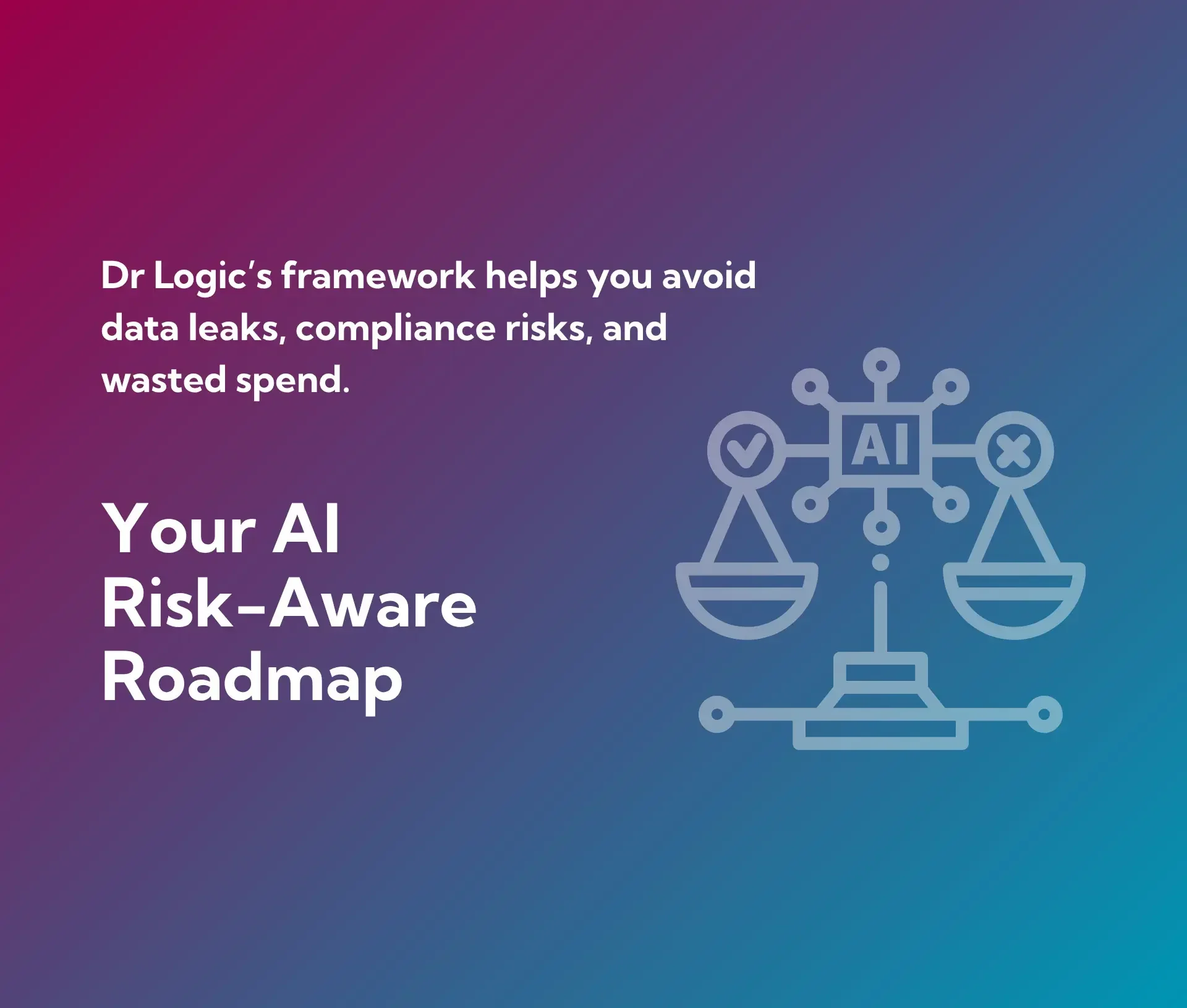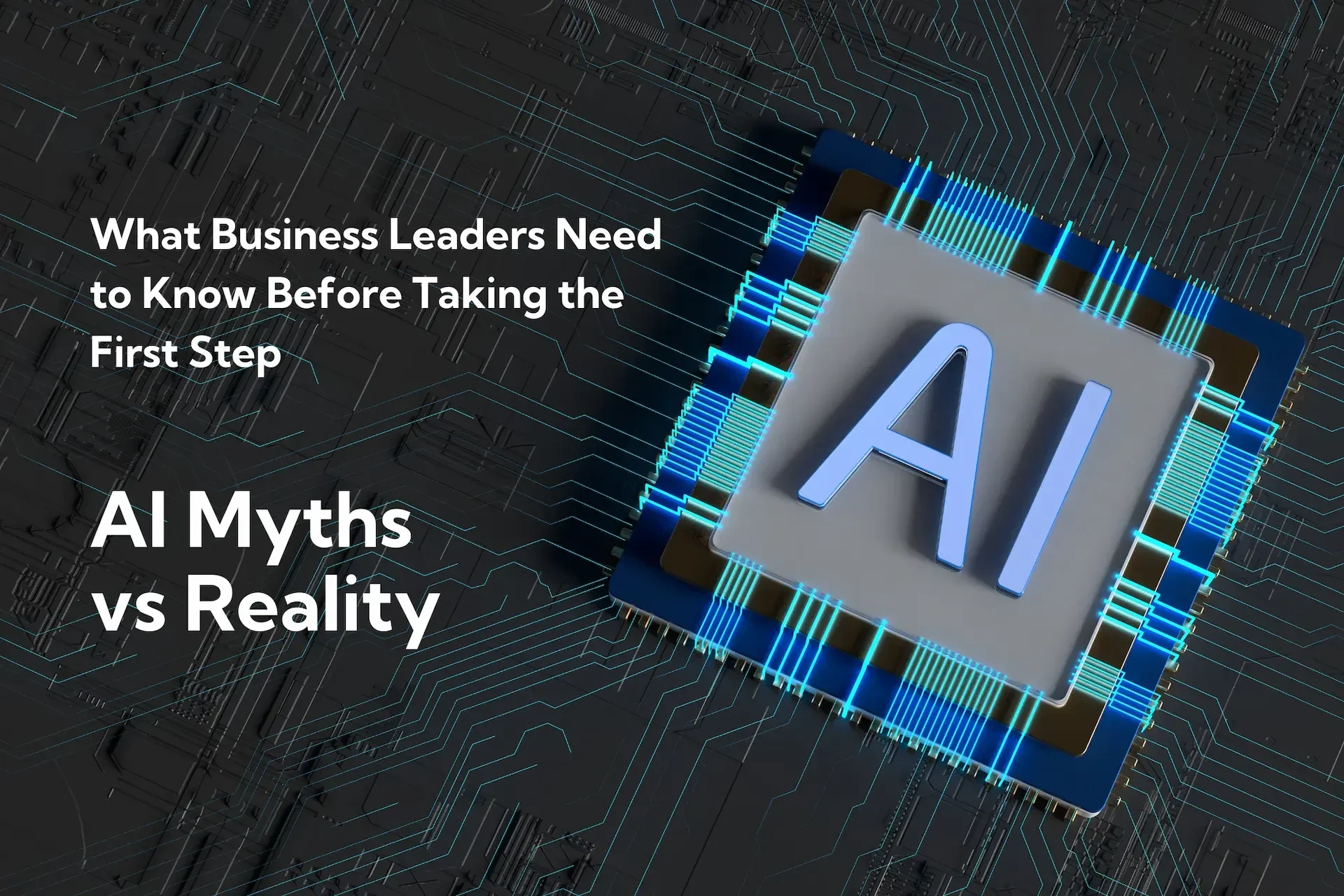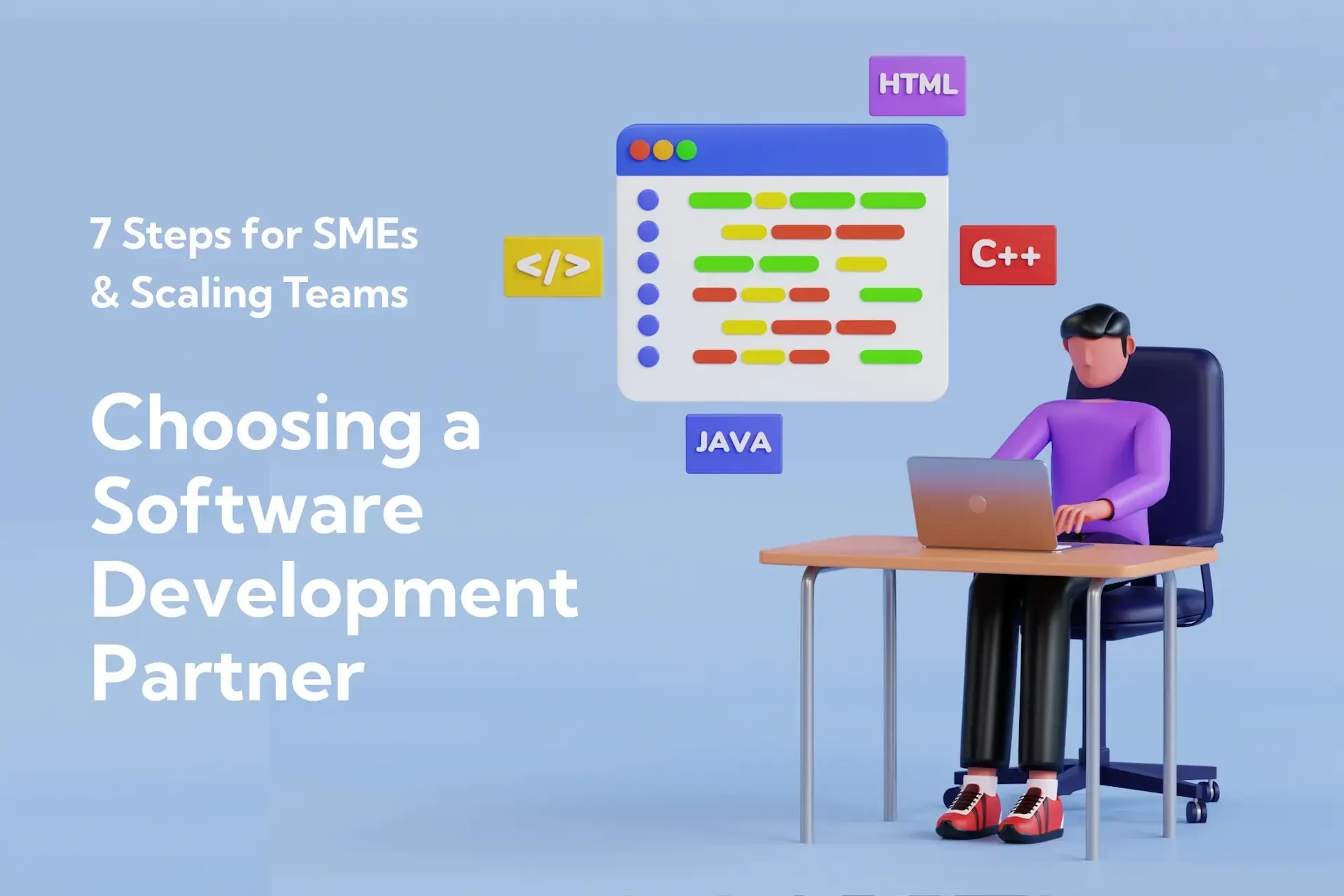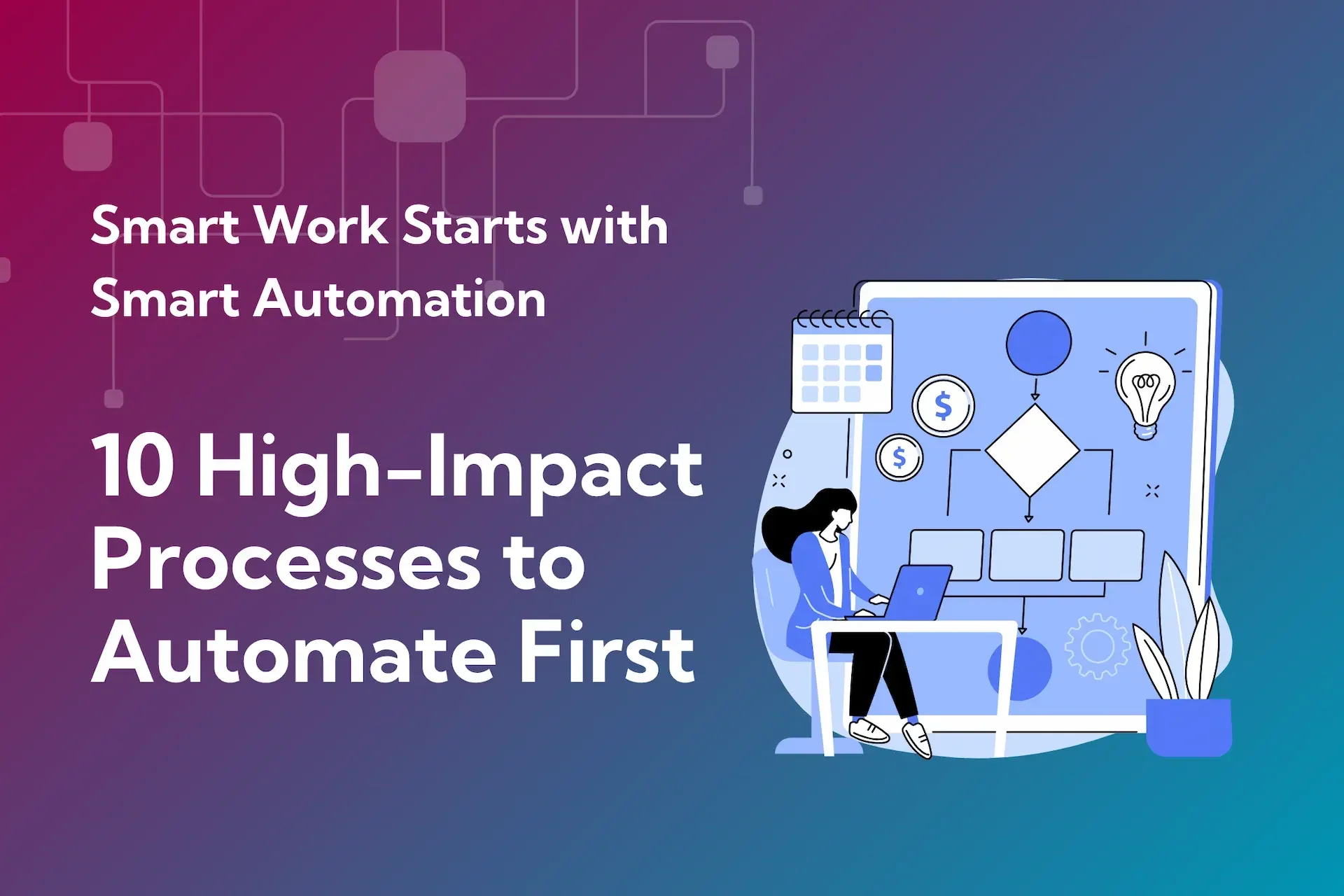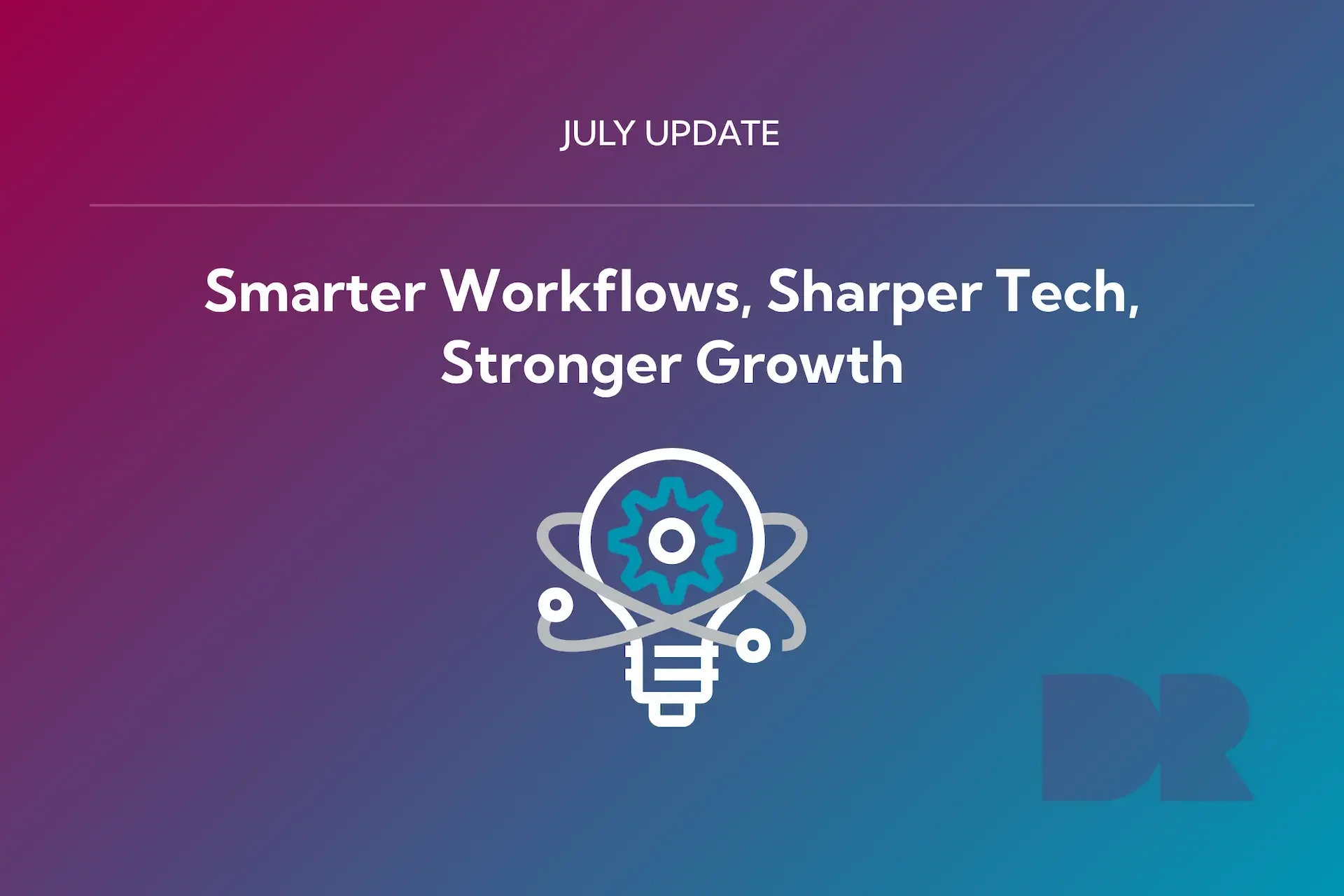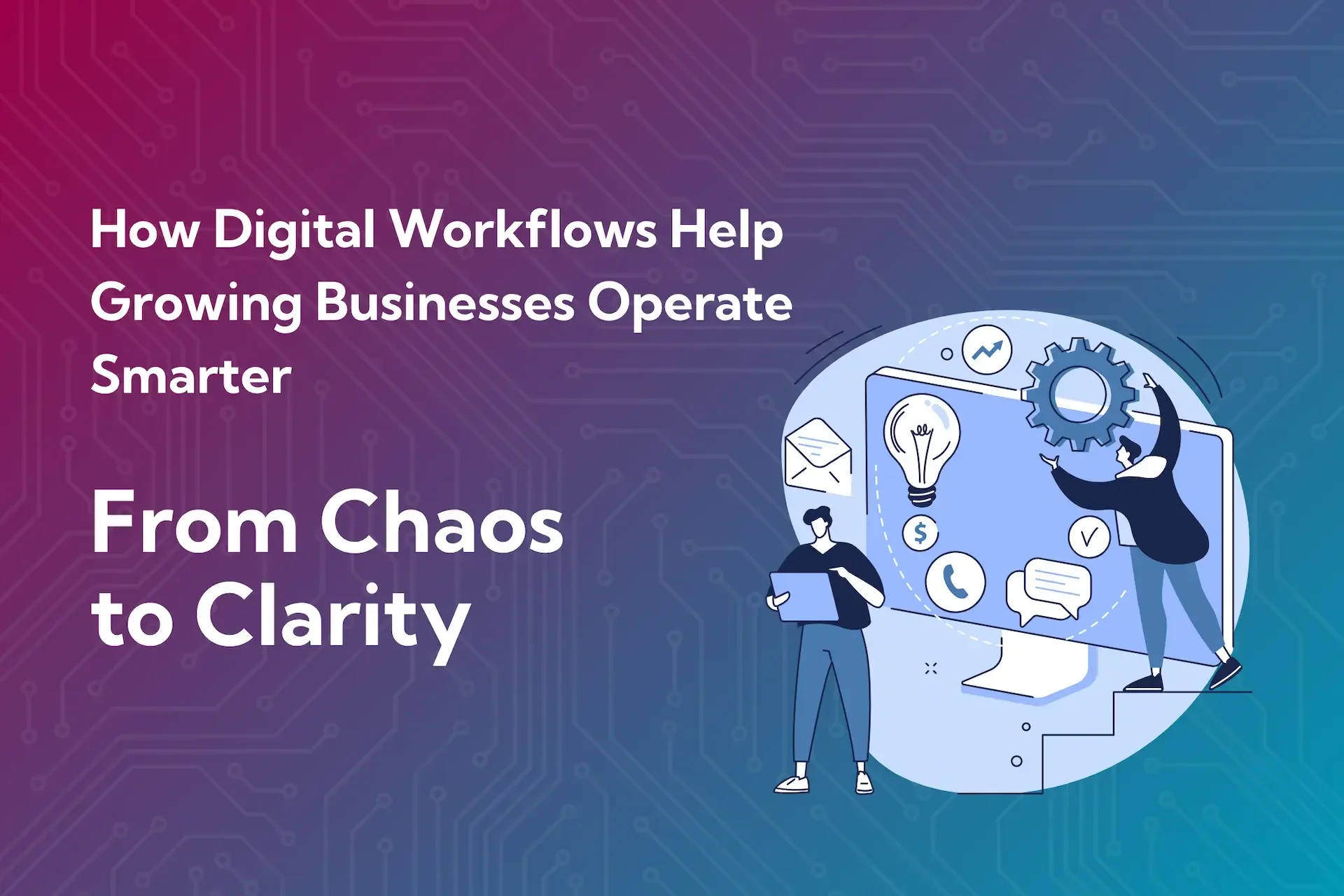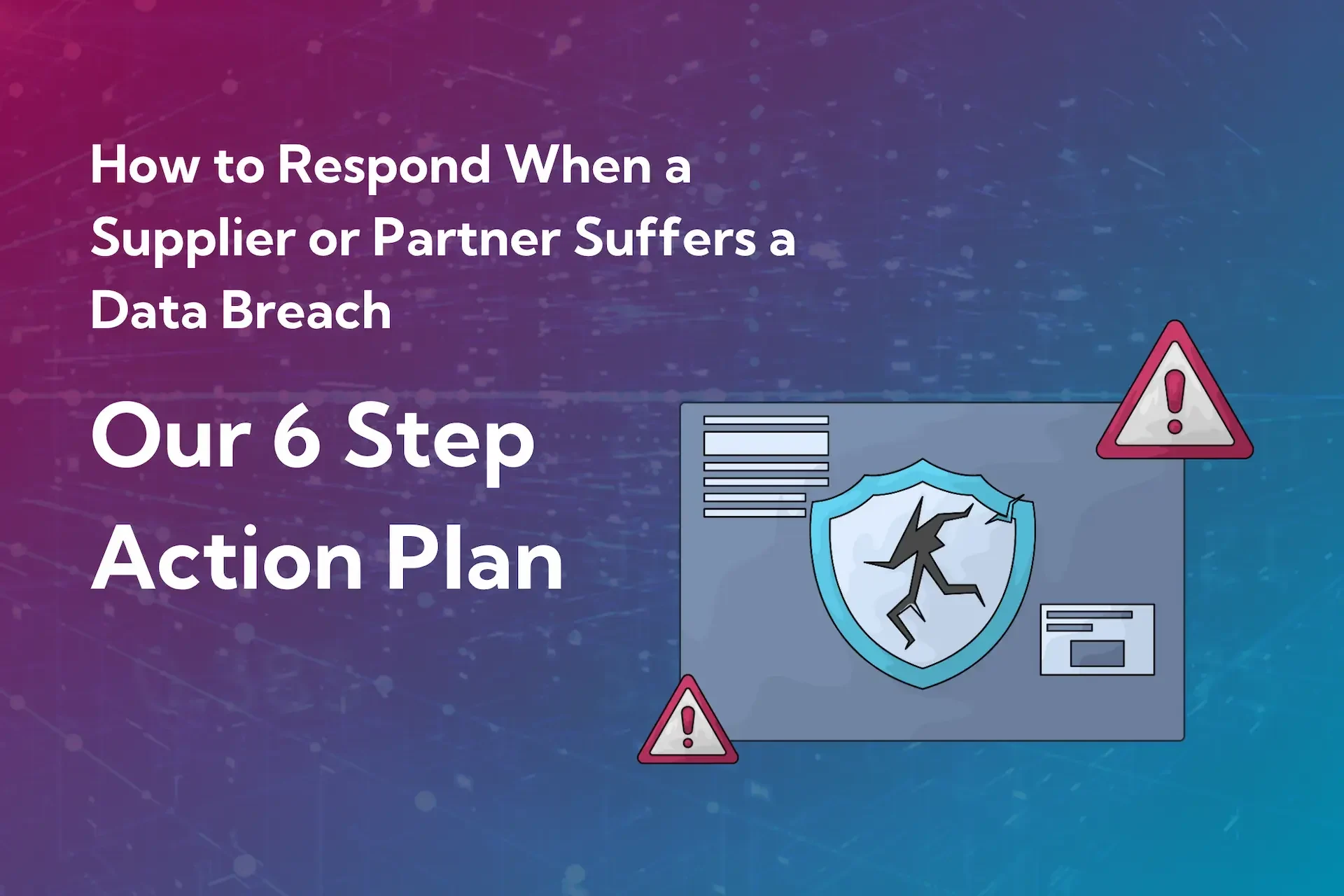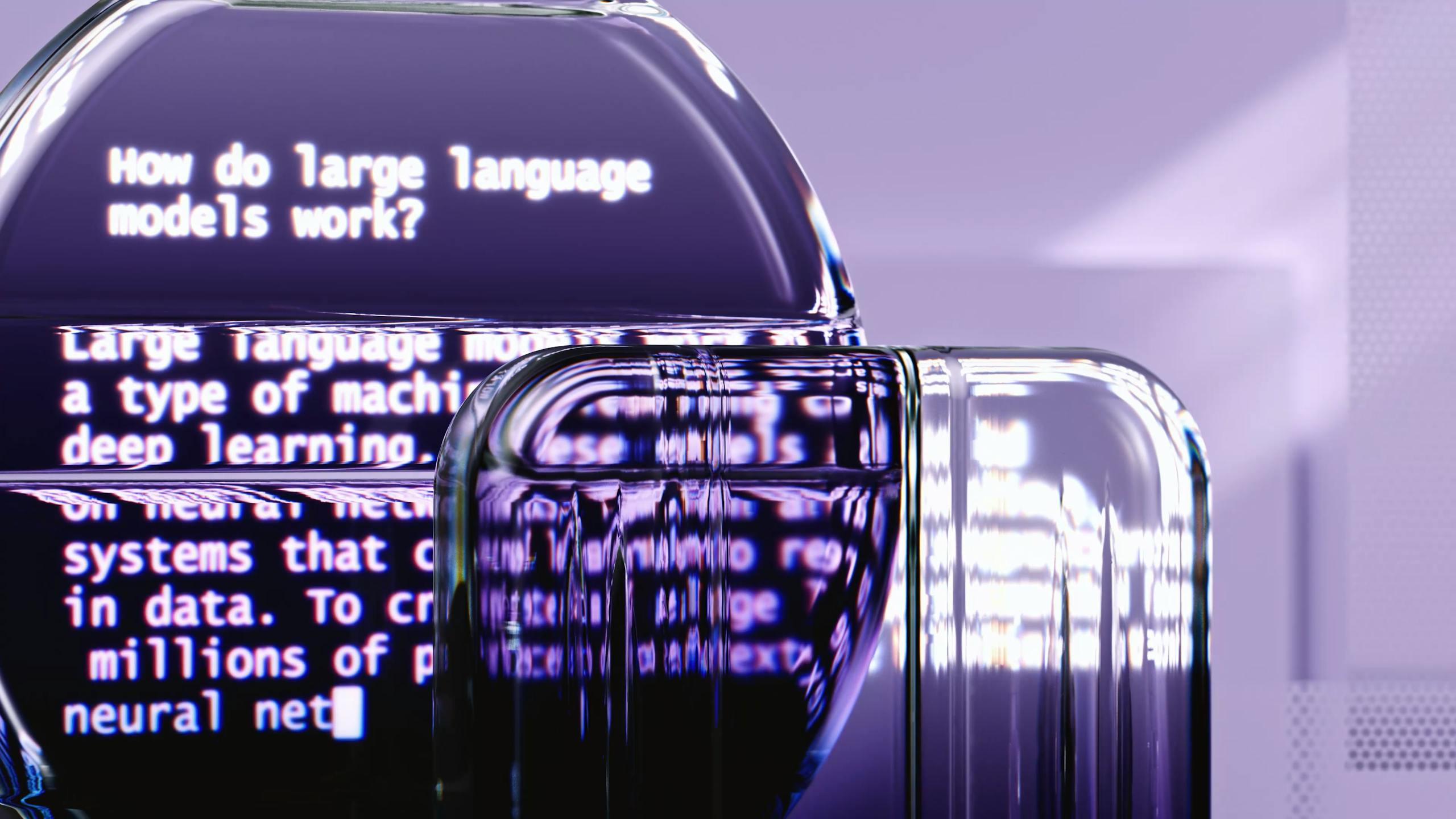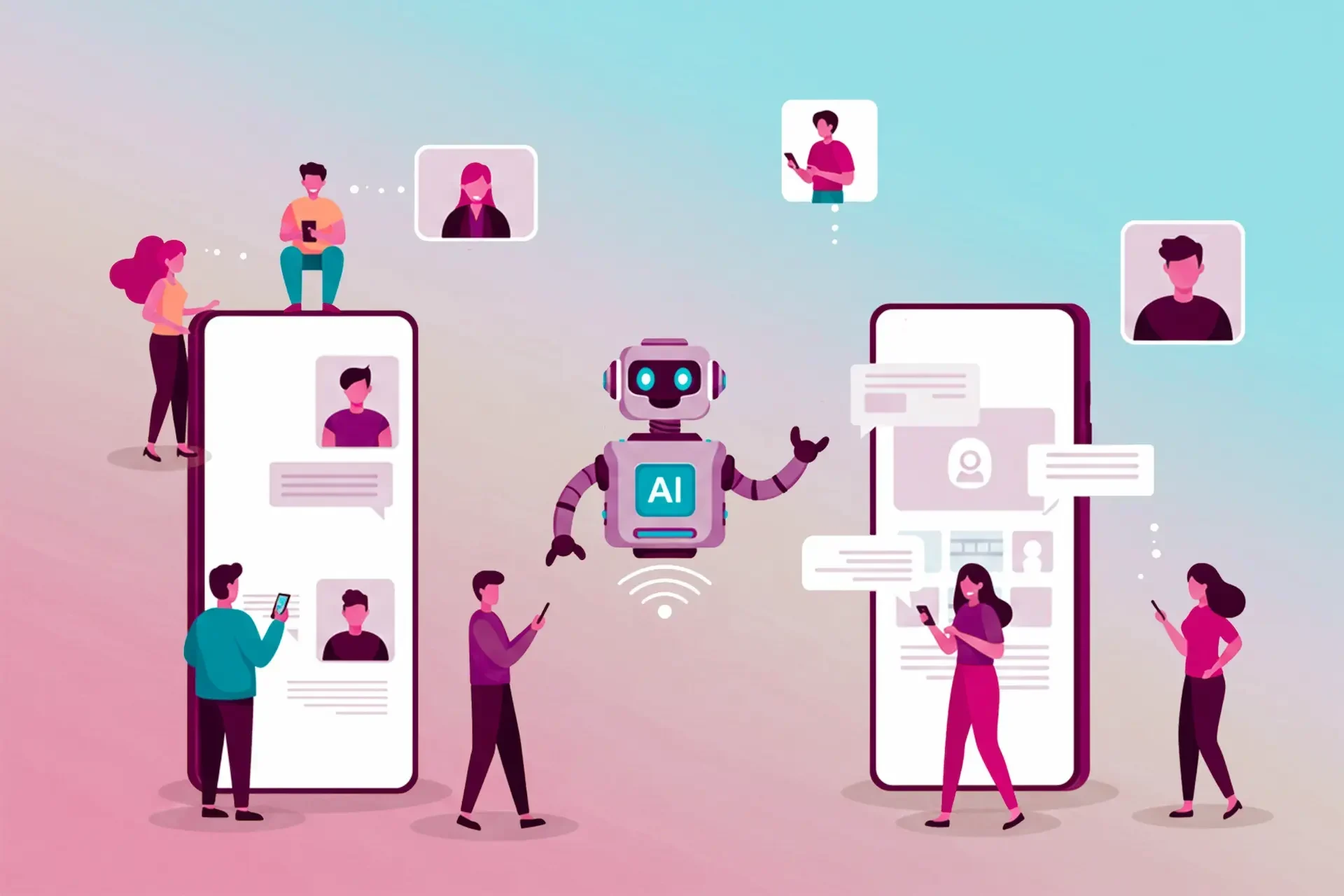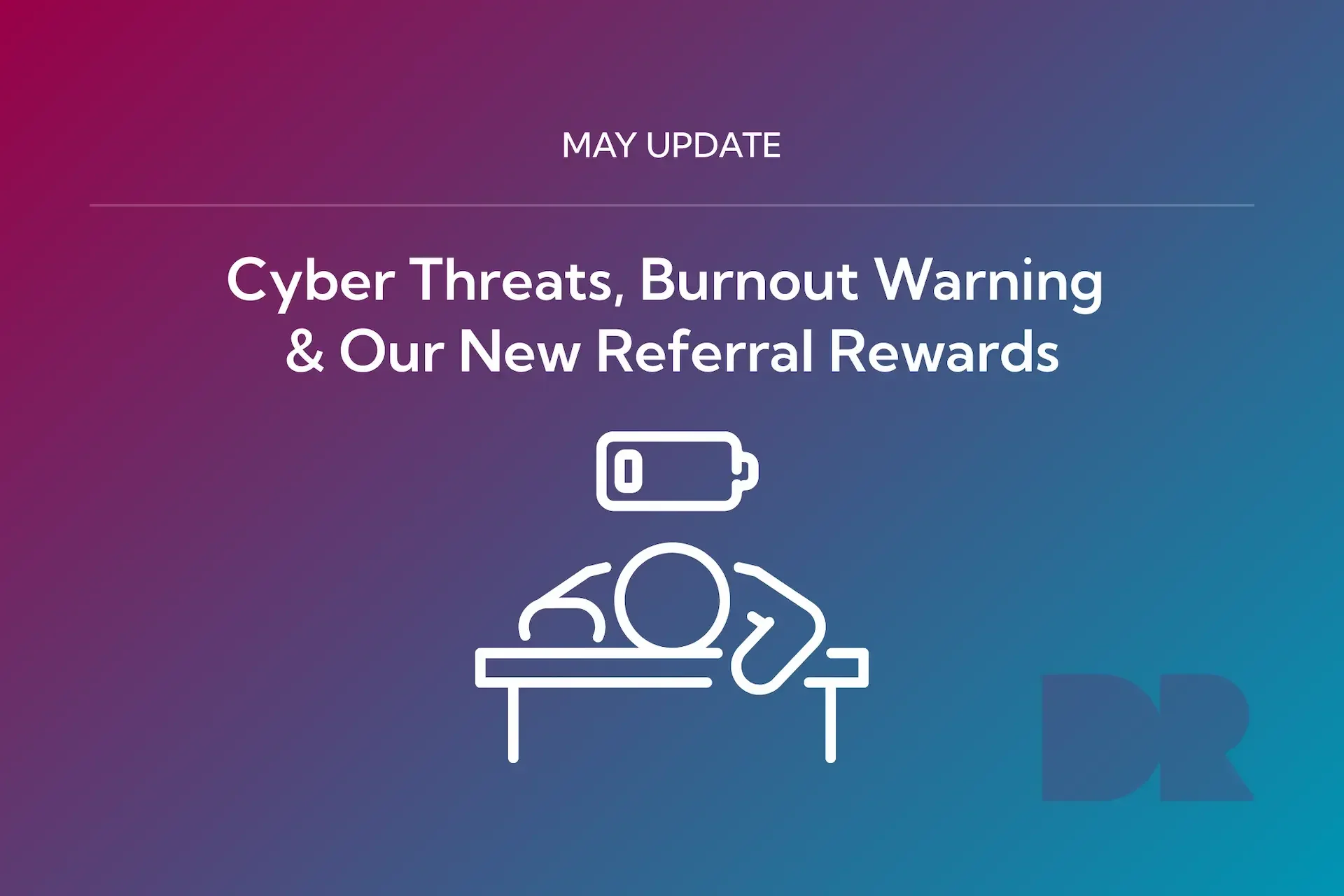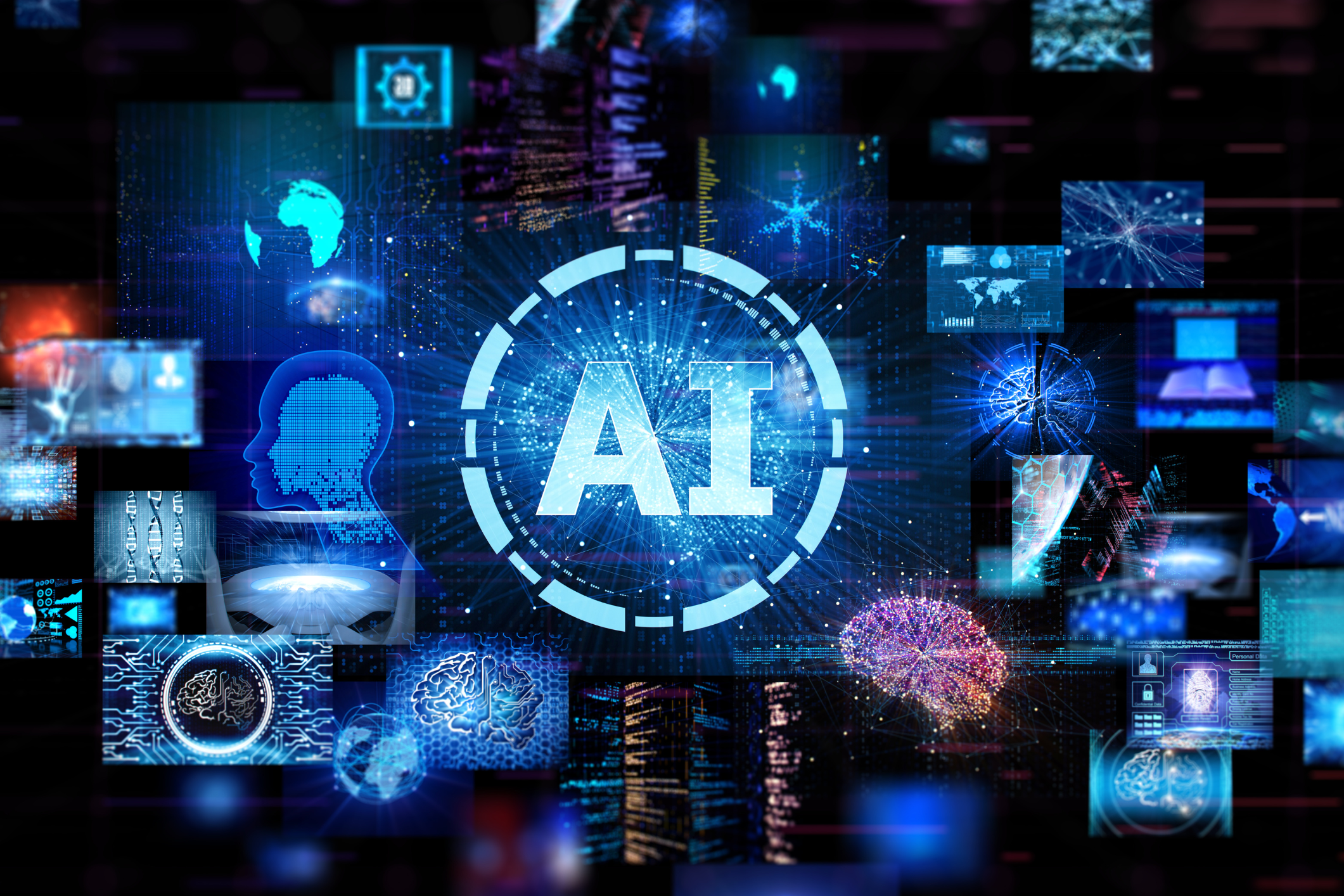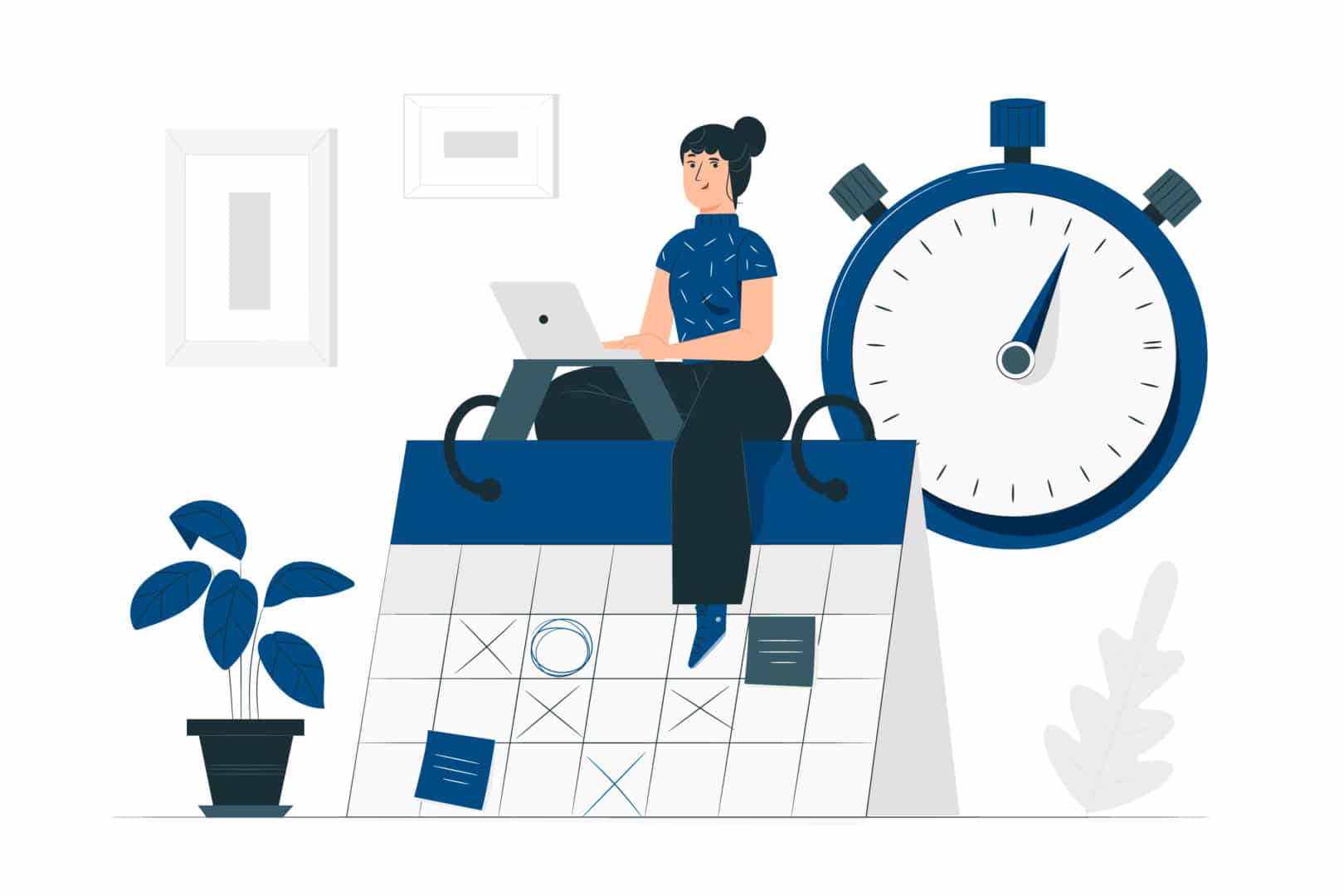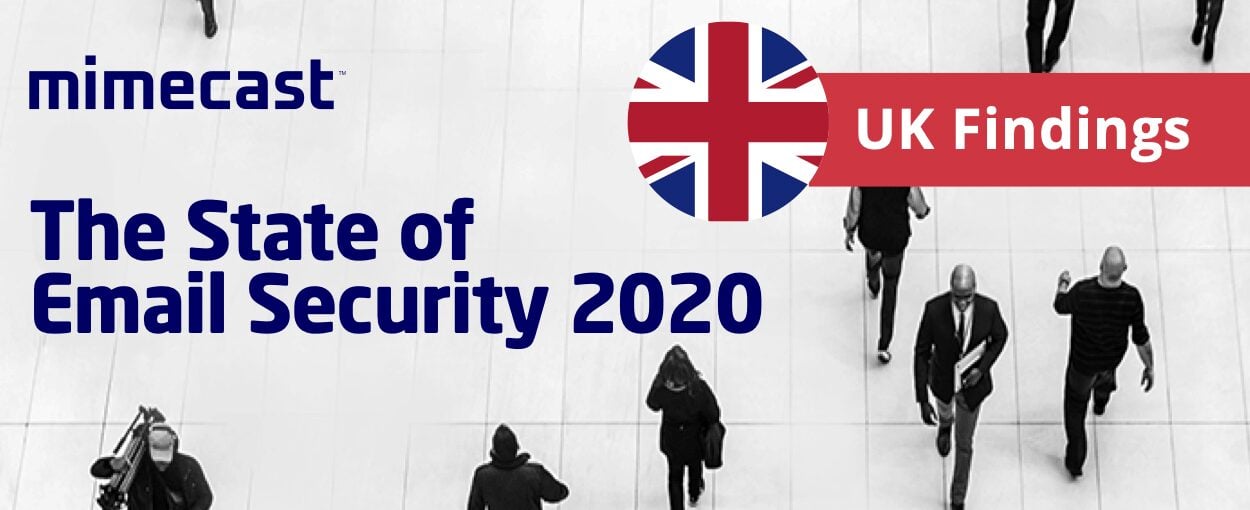Spend five minutes on LinkedIn or in a boardroom and one thing is clear: everyone’s talking about AI.
But most of those conversations are starting in the wrong place.
Too many businesses jump in with a solution-first mindset:
- “Where should we use ChatGPT?”
- “What parts of the business could we automate?”
- “What’s our AI strategy?”
It sounds logical, but it’s actually backwards.
Most businesses don’t have an AI problem. They have a business problem.
Why Solution-First Thinking Fails
Years of relying on off-the-shelf SaaS tools have conditioned businesses to think inside the box.
We’ve learned to compromise:
- If a feature doesn’t exist, we wait.
- If a process is clunky, we work around it.
- If custom development is needed, we write it off as too expensive or complex.
This mindset shrinks innovation. Instead of defining the ideal outcome and then finding the right way to achieve it, we settle for the least-worst option that fits the software we already have.
That approach might have made sense five years ago. Today? It doesn’t hold up.
We compare custom software vs off-the-shelf, to discover which is right for your business.
AI Changes the Rules
With practical AI, low-code tools, and smarter automation, the economics of building bespoke solutions have shifted.
- Faster to build – AI accelerates development cycles.
- More affordable – Automation reduces time and manual effort.
- Better fit – Solutions are designed around your real processes.
In other words, AI removes the ceiling.
You’re no longer confined to one-size-fits-all systems. You can now build exactly what you need, like:
- Website scraper – see how we helped Tempest Resourcing
- Internal GPTs trained on your company knowledge base – like the ConvexGPT we built for Convex
These aren’t theoretical. They’re live in businesses we work with.
If you want to explore these possibilities, check out Custom AI Development for Business. Of course, new opportunities come with new responsibilities. Learn more: AI Risks Every Business Leader Should Know.
The Only AI Question that Matters
Real transformation doesn’t start with “How can we use AI?”
It starts with: “What problem are we trying to solve?”
Manual processes, broken customer journeys, repetitive reporting – these are the real drains on time and growth.
AI is not the strategy. It’s the enabler.Related: AI Myths vs Reality: What Business Leaders Need to Know.
Reframe Your Approach
When we run AI opportunity workshops, we don’t talk about tools upfront.
Instead, we start with clarity:
- What’s inefficient in your business today?
- Where are you losing time, accuracy, or momentum?
- Which processes feel manual, slow, or frustrating?
Only once we understand these pain points do we explore automation, integrations, or AI-powered solutions.
Related: Top 10 Business Processes You Should Automate First.
Start Small, Deliver Real Results
You don’t need a full-scale AI strategy to see value.
Sometimes a small, high-impact solution, like an automated approval flow, a smarter dashboard, or a single data integration, delivers the biggest ROI and builds momentum for bigger changes.
Considering building bespoke solutions? Here’s How to Choose a Software Developer You Can Trust.
Or explore Low-Code vs Custom Development to see which path fits your business.
Key Takeaway
Don’t chase AI for AI’s sake.
Start with the problem, then explore the smartest way to solve it, whether that’s automation, AI, or a fully custom solution.
AI isn’t the goal. A better business is.
Summary
Businesses are rushing to adopt AI, but most are asking the wrong question. Instead of starting with “How can we use AI?”, start by identifying your real business problems: manual processes, broken workflows, and inefficiencies. AI is not the strategy; it’s the enabler. With low-code tools, automation, and custom AI solutions, companies can now create tailored systems that solve real pain points instead of forcing one-size-fits-all software to fit.
FAQs
Why shouldn't businesses start with AI first?
Starting with AI often leads to solution-first thinking, where businesses focus on tools instead of problems. Real transformation comes from identifying inefficiencies and then using AI to solve them.
Is custom software better than off-the-shelf when using AI?
Custom software is often better with AI because it can be tailored to your exact needs. Off-the-shelf tools are faster to deploy but force compromises, while AI makes custom solutions cost-effective, scalable, and more aligned with your processes.
How does AI change the way businesses solve problems?
AI changes problem-solving by making custom solutions faster, cheaper, and easier to build. Low-code tools and automation allow businesses to create software tailored to their exact processes instead of relying on off-the-shelf platforms.
What business problems can AI solve?
AI can solve business problems like repetitive manual tasks, slow reporting, workflow bottlenecks, and broken customer journeys. Automating these areas improves efficiency and frees up teams for higher-value work.
What are the risks of adopting AI without a clear strategy?
Adopting AI without a strategy risks wasted budgets, poor integration, and low ROI. Businesses should start with clear problems to solve and then select AI tools to address them effectively.





